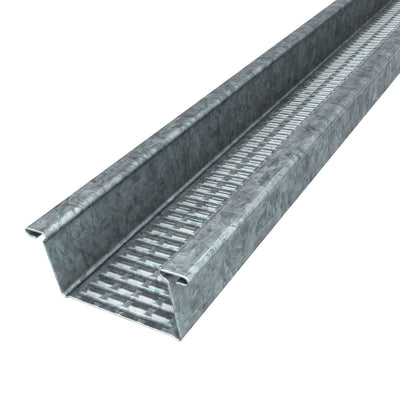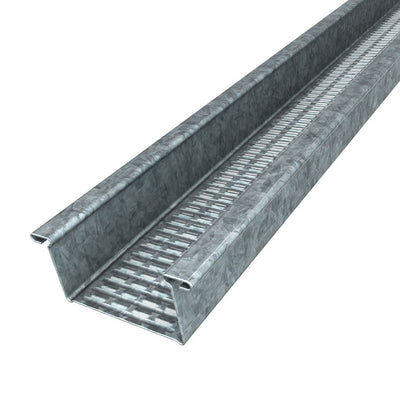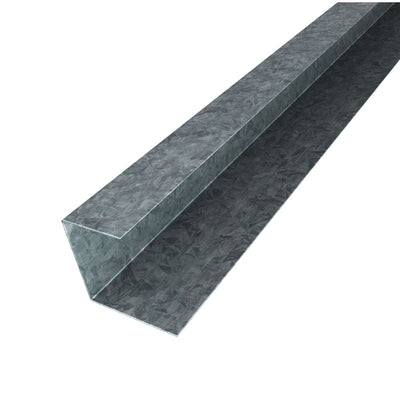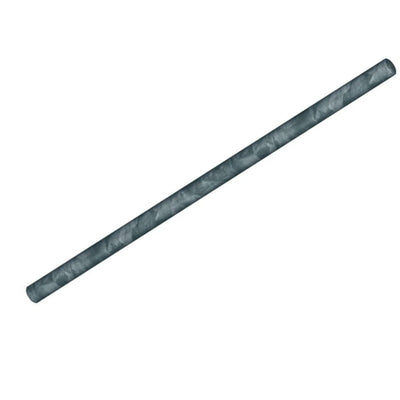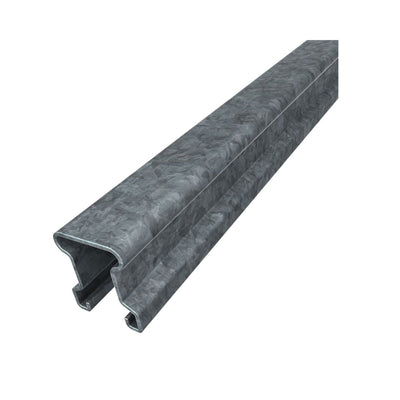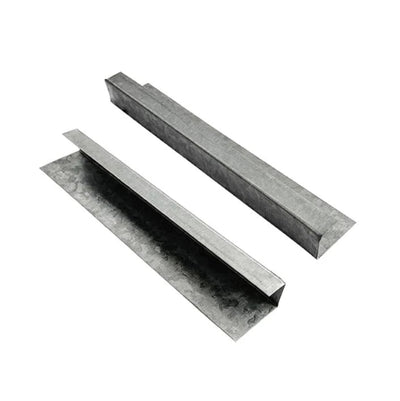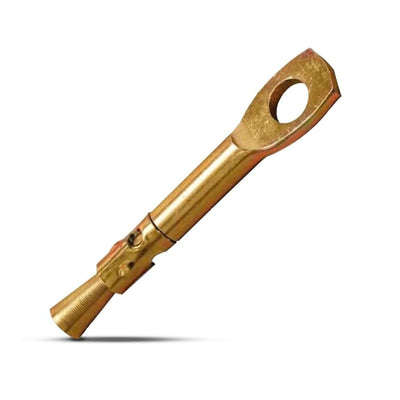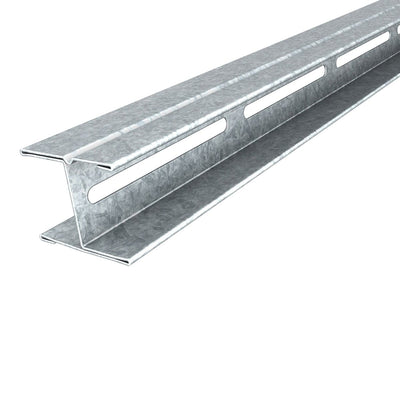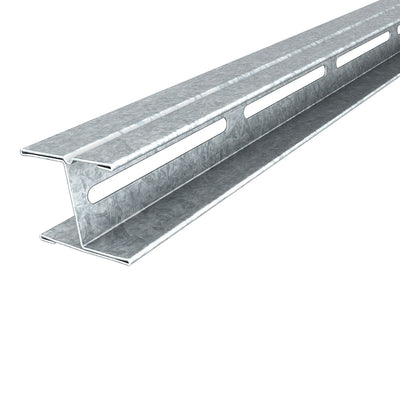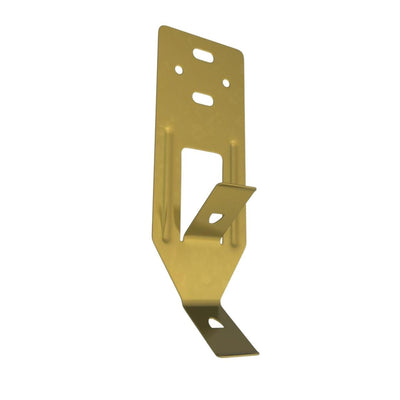Ceiling Framing
Sort
What is a furring channel?
A furring channel is a type of metal framing used in construction to create a level, smooth surface for attaching wallboard, plasterboard, or other finish materials. They are typically made of light-gauge steel and provide a secure base to attach the finish materials away from the structural walls or ceilings.

The difference between a 16mm and a 28mm furring channel generally refers to the depth of the channel. Here's a brief explanation of each:
-
16mm Furring Channel: This channel would have a depth of 16 millimeters. It is shallower and might be used for lighter applications where less space for insulation is needed, or where a lower profile is required to maintain ceiling height.
-
28mm Furring Channel: This channel would have a depth of 28 millimeters. It's deeper than the 16mm channel and would typically be used in situations where more space is needed for insulation or where structural requirements call for a more robust channel to support the weight of the ceiling or wall material.
The choice between the two sizes would depend on the specific requirements of the construction project, including the type of materials being supported, the need for insulation or soundproofing, and the amount of space available. Deeper channels can often provide better acoustical performance and can accommodate thicker layers of insulation, but they also take up more space.
When selecting furring channels, it's also important to consider other dimensions such as the width and the gauge (thickness) of the metal, as well as the spacing of the channels during installation, which can all affect the performance and suitability for your specific application. Always refer to local building codes and manufacturer recommendations when selecting and installing furring channels.

How to install furring channel clip?
Furring channel clips are used to attach furring channels to the main support structure. To install, clip the furring channel into the main channel or directly to the structural element as per the instructions. Ensure the clip is securely fastened and provides a firm hold for the furring channel.
How to install metal furring channel ceiling?
To install a metal furring channel ceiling, first, determine the layout and spacing according to the local building codes and the manufacturer's recommendations. Attach the perimeter channels to the walls, then suspend the main channels from the ceiling joists using wires or clips. Finally, attach the furring channels to the main channels using furring channel clips, ensuring they are level and properly spaced.
Are furring channels and top hats the same thing?
No, furring channels and top hats are not the same.
While both are used in construction, top hats are typically used for roofing and siding applications to provide a fixing point for cladding materials. Furring channels, on the other hand, are used primarily in interior applications to create a framework for attaching wall or ceiling materials.

How far can furring channel span?
The span of a furring channel can vary depending on the manufacturer's design and the load it is intended to carry. Typically, the span can range from 600mm to 1200mm. However, always refer to the engineering specifications for the particular product you're using for exact span measurements.
What is a resilient furring channel?
A resilient furring channel is a type of furring channel designed to reduce sound transmission through walls and ceilings. They are part of a system that includes sound-dampening materials and are used to improve the acoustic properties of a space. The resilience comes from the design that allows for slight movement, which helps in absorbing and dissipating sound waves.


